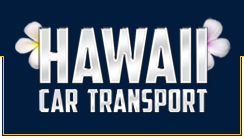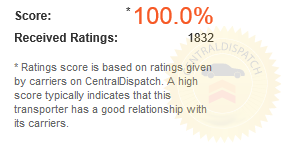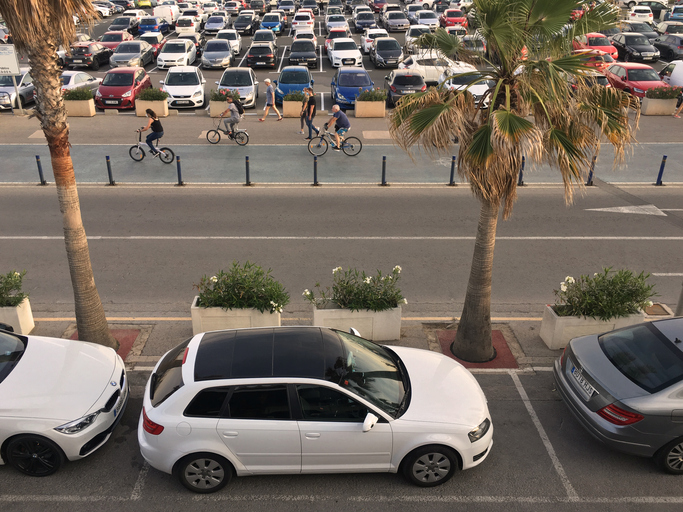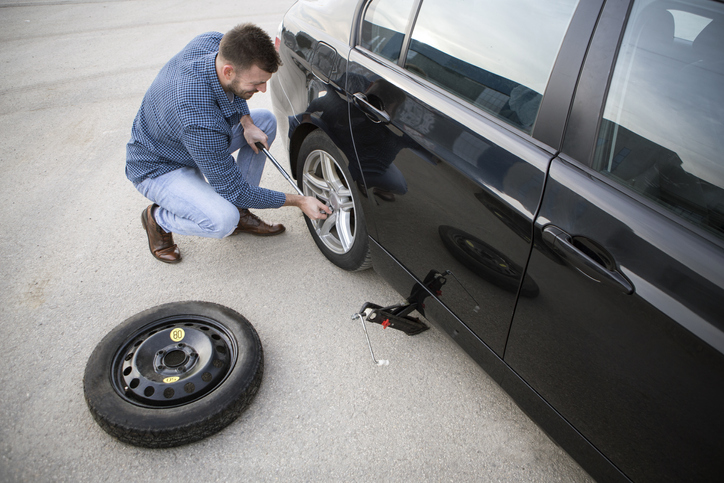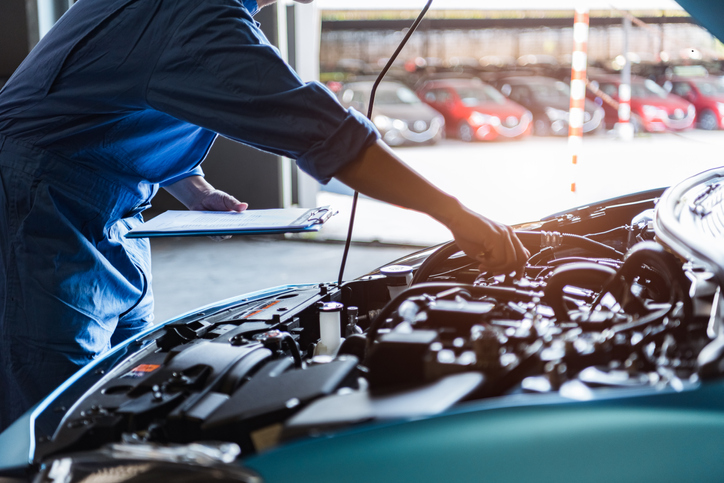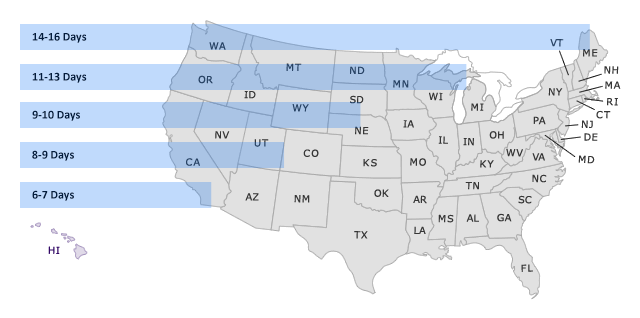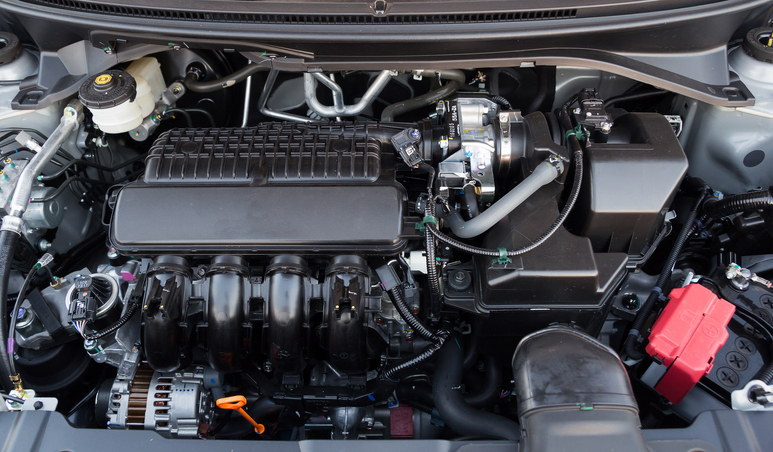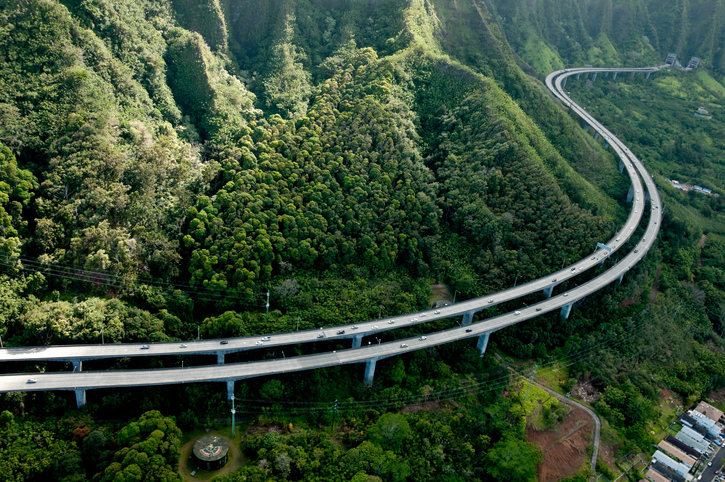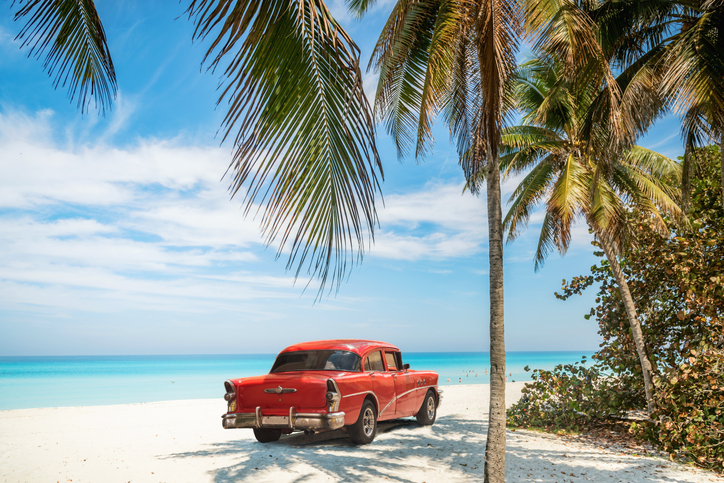Make sure you have enough room
Check your blind spot
Conclusion
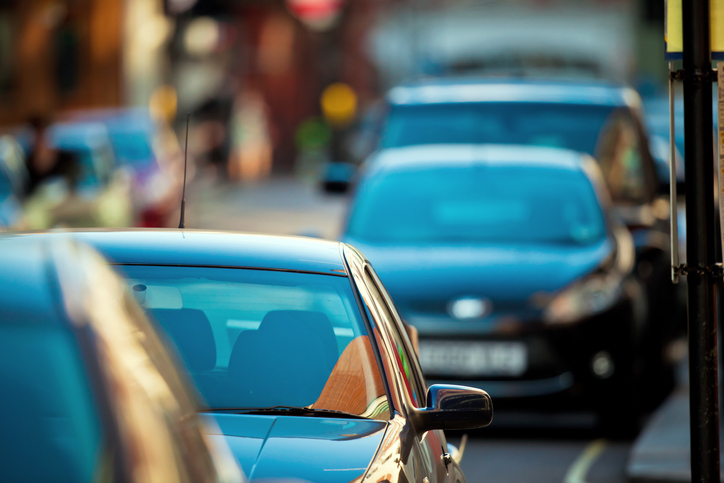
Make sure you have enough room
When you park on the street in a popular area in Hawaii such as Honolulu, pulling out of the spot can be dangerous if you do not pay close attention to what you are doing. Oncoming traffic and the cars parked in front of behind you make for a treacherous situation as you exit the space. Prior to pulling out the first thing that you will need to do is to ensure that you have enough clearance in front of you to pull out without making contact with the vehicle parked there. This seems obvious but is something people often forget or overlook.
You should always start by physically inspecting the amount of space in front of your car prior to even getting in. You should also check behind your car to see how far you can move back in order to increase the amount of space you have in front. If things are tight on either or both ends, you might need to “angle your car out” of the space by moving back a bit, cutting the wheel, pulling forward a bit and then repeating those steps until you are certain that you have the clearance to pull out cleanly. Many newer vehicles will have a parking assist system that will alert you when you are close to contacting something, make use of this if your vehicle has it.
Check your blind spot
Once you are absolutely certain that you have the clearance to pull out, turn the steering wheel so that your front wheels are angled so that you will pull out to the front left. Then, turn on your left turn signal so oncoming cars will know you are about to pull out. At this point, never start out of the space until you properly check your blind spot over your left shoulder. Not doing so can result in an accident that you will be at fault for. In order to check your blind spot, turn your head over your left shoulder from the twelve o’clock position to the eight o’clock position so that you can see all oncoming traffic behind you. Once you see that there is enough time and space without oncoming traffic for you to safely pull out, you can do so.
Conclusion
Pulling out of a parking space on the street may seem simple enough. However, if you do not take the proper care when you do so, you risk damaging another vehicle parked near you or, even worse, you risk getting into a dangerous and costly accident with oncoming traffic. Always ensure you have the clearance in front of you in order to pull out. Before you do begin to pull out, always check your blind spot as well.
